Weight gain and obesity are on the rise. No question of that. 74% of Americans[1] are overweight and 40% of Singaporeans[2].
In the 1970s we were told that saturated fat was the problem. So we cut that out of our diets, and we got fatter.
Then we were told it was sugar and refined carbohydrates. So we reduced that in our foods, and we still got fatter.
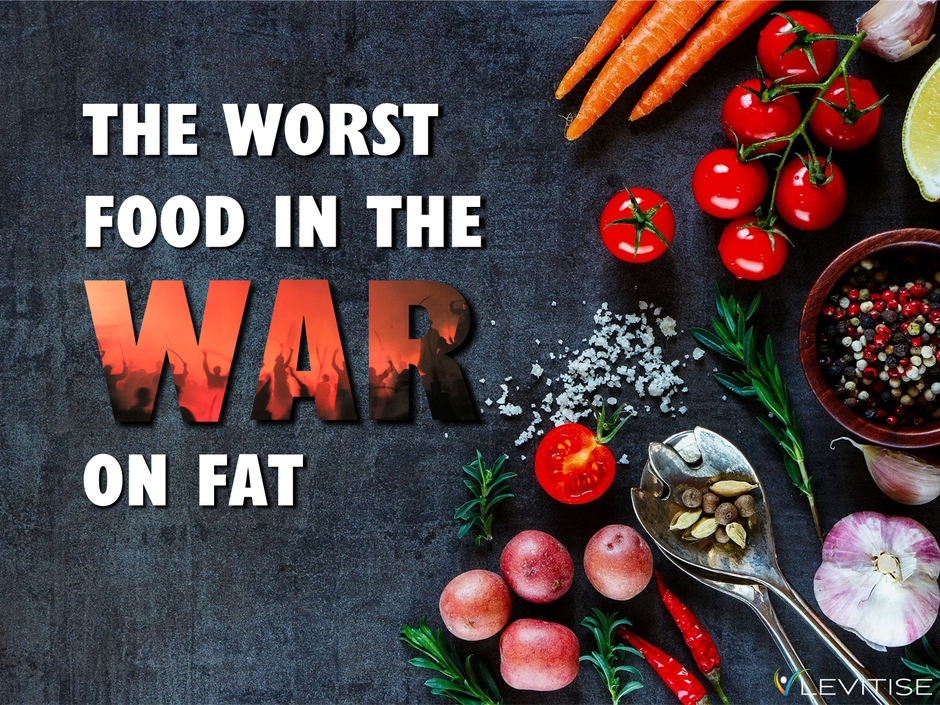
Sure eating too much fat, overeating, or eating too much sugar is not a good thing. But is that the main problem? We don’t think so.
It’s something else. When it comes to weight gain this food could be worse for your health than sugar, refined carbs, light alcohol consumption, table salt and many other currently vilified foods that contribute to weight gain and obesity.
There is even evidence now that shows that it’s worse for your health than smoking from a mortality perspective insofar as it contributes to cancer, heart disease and neurodegenerative diseases (anything brain related).
And by the end of this article we think you’re going to agree as we unmask the worst food in the world in the battle against fat.
But first a little story.
The Tsimane
The Tsimane are an indigenous South American population that live a subsistence lifestyle of hunting, gathering, fishing and farming. They currently have the lowest reported levels of coronary artery disease of any population recorded to date. They’re lean and healthy.

When this was first discovered in the 2010s researchers started descending on these Bolivian peoples en masse to uncover their secrets of why they have no coronary heart problems[3]. After all heart disease is the biggest killer in the developed world. How were these people escaping it?
Well they were exercising, getting sunlight, eating traditional non processed foods (veg, fruit, meat, fish, tubers, beans), had social connections. All that good ancestral lifestyle stuff.
But as the Tsimane recently increased their contact with the towns and cities of Bolivia, they started introducing a new food into their diet. This food was calorifically dense, versatile, had a high shelf life and made everything taste better. As this food was introduced into the Tsimane population they started getting fatter.
What was this food?
It was vegetable cooking oils[4][5][6].
What they found is that those Tsimane villages that were closest to markets, and the wealthiest Tsimane, consumed the most vegetable cooking oils, and that these were also the ones with the most excess body fat. Over the 10 year period studied the Tsimane went from 11% body fat to almost 20%.

All other variables in the Tsimane lifestyle and cuisine remained the same apart from the increased consumption of ultra processed vegetable cooking oils.
The vegetable seed oils were the only new variable in their lives.
What Are Vegetable Seed Oils?
Vegetable seed oils are oils extracted from the seeds of various plants such as canola and sunflower oil. These oils are commonly used in cooking, as ingredients in ultra processed food products, and for various industrial purposes.
The oils are made using a complex process that involves cleaning, conditioning, high temperature heating, crushing, pressing, solvent extraction, refining, degumming, neutralisation, bleaching and deodorisation.
The most common vegetable seed oils in Singapore for cooking are canola oil, sunflower oil, corn oil, soybean oil and 'vegetable'oils (a mixture of the aforemention). The foods most commonly eaten in Singapore that contain vegetable seed oils are instant noodles, fried rice, curries, deep fried foods, chips and anything dish with the word fried in it.
Olive oil, coconut oil and avocado oil are not vegetable seed oils. The oil in these foods is contained in the flesh and is easily extracted by crushing the fruit. The seeds are not used in the process. They are a completely different product even though they are 'vegetables' and 'plant based'.
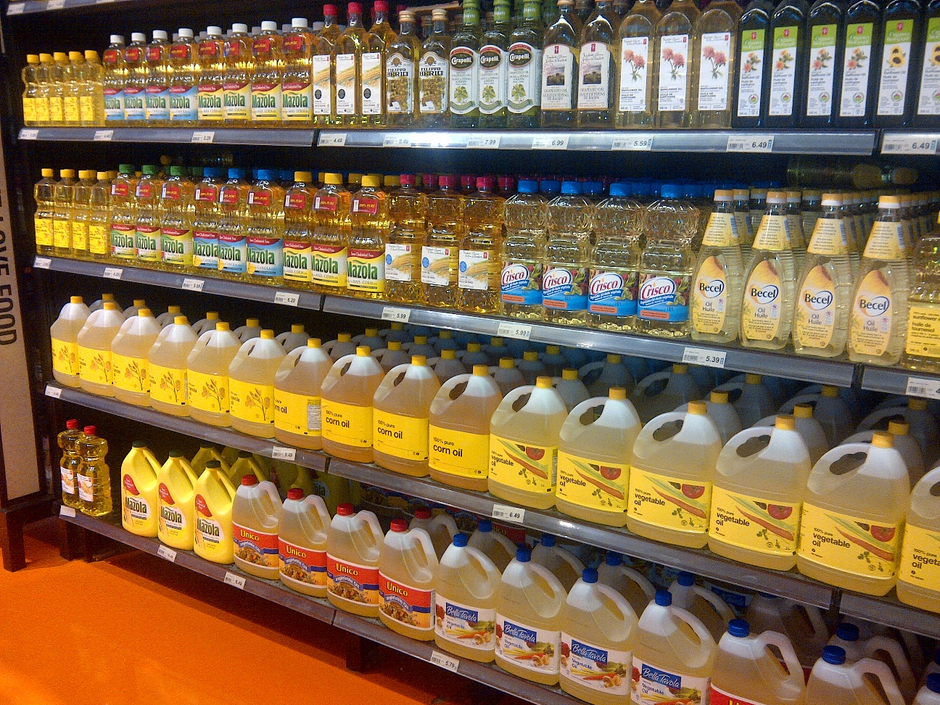
Americans and Obesity
It’s nice to use the Americans as a proxy for all other developed countries as (A) they have so much data readily available and (B) they export so much of their processed foods to the rest of the world, so we tend to end up like them!

American saturated fat consumption is at its lowest ever, as a % of calories, since the 1960s, but obesity rates have climbed 68% over the last 60 years. How can saturated fat be the villain in the war on fat?
American sugar consumption has fallen 17% since 2000 but obesity rates have continued to climb 20% over the same period. So how can sugar be the villain in the war on fat?
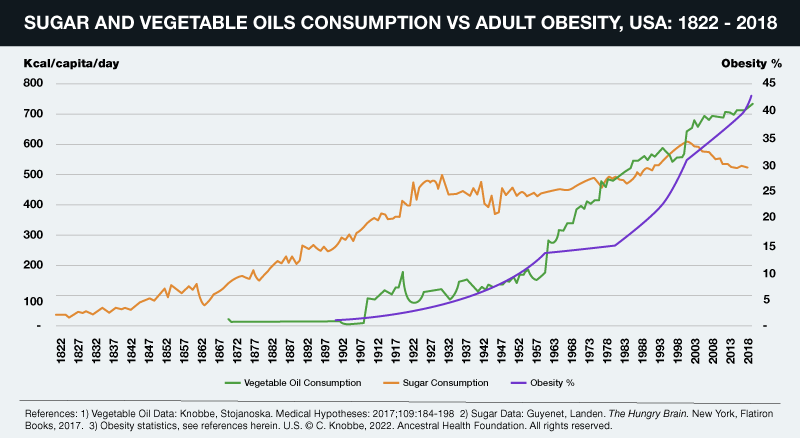
In the graph you can see that the correlation between vegetable oil consumption and adult obesity is pretty conclusive. Particularly when you consider that drop off in sugar consumption in the late 90s, but obesity rates still climb. Saturated fat consumption has come down, sugar consumption has come down and even exercise [7] has gone up! But the weight is still piling on.

Asian’s, Singaporean’s and Obesity
The same is true in this part of the world as well. In 1975 in Singapore obesity rates were 2.6% [8] and now 16% of under 18s are obese[9]. In Malaysia, obesity rates have gone from 1.3% in 1975 to 15.3% in 2016 for the general population.
Asians have replaced their traditional cooking fats with modern ultra processed vegetable seed oils. They told us that our fats, that we have been using since the Palaeolithic period, were bad. But if these fats were so bad, wouldn’t we have all died out by now? We ignored our common sense and replaced them with cheap alternatives imported from the US and destroyed first generation rainforests to plant palm oil.
But it turns out that obesity, heart disease and cancer are all on the rise since the introduction of these fats.

How Do Vegetable Oils Make Us Fat?
Vegetable seed oils are easily oxidised (when an apple is cut open and goes brown it’s oxidising, it’s dying). When vegetable seed oils are consumed and broken down in the body, they release toxic substances such as 4-Hydroxynonenal (HNE). So now this destructive oxidisation effect is happening in your body, your cells, your tissues and your arteries.
- HNE has been shown to damage the pancreas and impairs the ability of muscle and liver cells to respond to insulin. Insulin is a hormone that gets sugar into your cells which they use for energy. If sugar can’t get into cells its converted to fat[10].
- When researchers directly treated single cells with small amounts of HNE they showed significant fat accumulation within 2 hours[11].
- Mice with elevated levels of HNE ate the same number of calories and exhibited the same amount of movement as the mice with lower amounts of HNE but they burned fewer calories and gained more weight[12].
- In a study comparing HNE levels in obese diabetics, non-obese diabetics, and endurance-trained athletes, the obese individuals had significantly elevated levels of HNE compared to the other two groups[13].
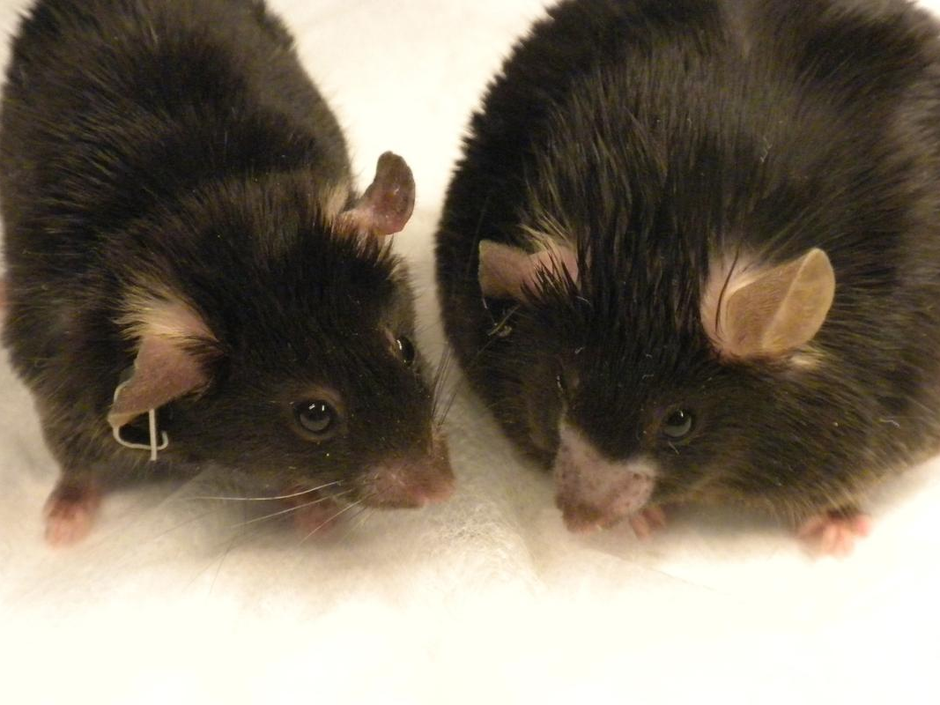
And it turns out heating the oil makes it even worse. In a study on mice where they fed them unheated vs heated vegetable seed oils the mice that consumed the heated oils gained 45% more weight. Think about all the foods heated in oils used in the hawker centres in Singapore? Fried foods like KFC, French fries, fish and chips, crisps, fried fish, stir fried vegetables, veg oils in your biryani instead of ghee, the list is endless. And pick up anything packaged in the supermarket, and you will likely see “vegetable oils” as one of the major ingredients, cakes, cookies, ice-cream, bread, instant noodles, breakfast cereals, crackers. These things are everywhere.
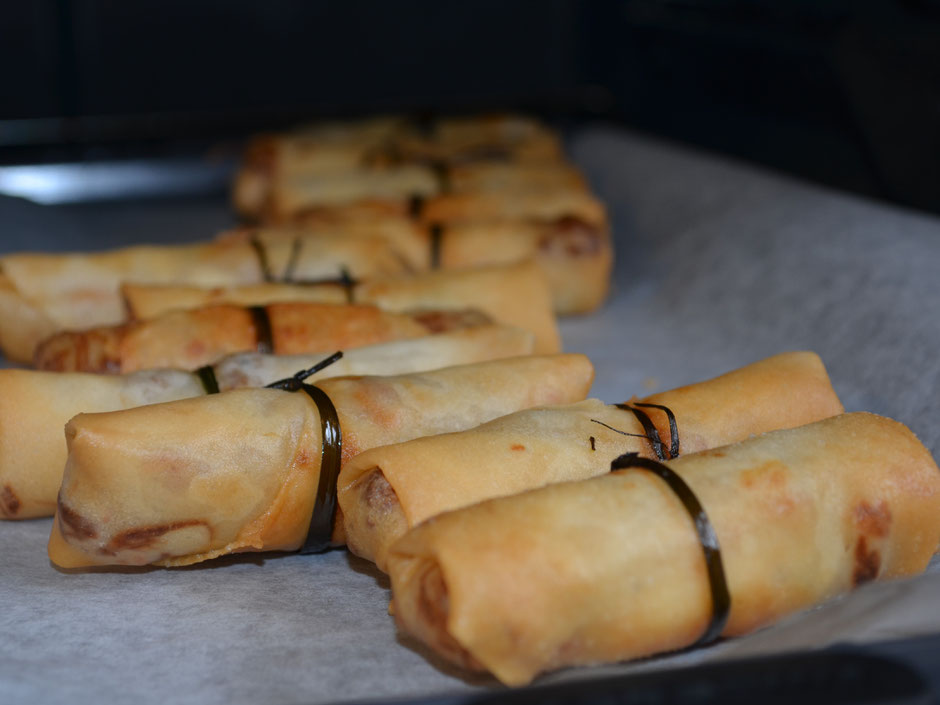
How Else Do Vegetable Oils Make Us Fat?
There’s more!
- Linoleic acid (basically the omega 6 component of vegetable seed oils) causes your fat cells to become more insulin sensitive. That’s good if it’s your muscle cells but not your fat cells. If they are more insulin sensitive, they will store more fat as opposed to burning it for energy. That explains why some people eat a lot but still have low energy. Their body has, unhelpfully, chosen to store it rather than burn it so you get tired and hungry and overeat.
- Consuming linoleic acid stimulates your endocannabinoid receptors that reward you with pleasure signals encouraging you to eat more. In a study done on mice[14] they looked at mice than had 8% of their chow as linoleic acid (LA) vs those that had 1% of their chow as linoleic acid. The mice in the higher LA group put on 20% more weight over the 14 weeks studied.
- They did a similar study[15] on humans where they fed one group a diet containing high amounts of oleic acid (olive oil) and another group containing high amounts of linoleic acid (vegetable seed oils). The group fed the vegetable seed oils had much high levels of ghrelin (the hunger hormone) in their blood after their meals than the olive oil group causing overeating.
Is Cutting Vegetable Seed Oils the Solution to Weight Loss?
Definitely.
But unfortunately the half-life (the time it takes for half of the vegetable seed oils stored in your body to undergo disintegration) of these toxic fats in your body is between 600 and 680 days. So under normal circumstances you’re looking at about 7 years to get these things in your body to less than 5%.
But there are ways we can expedite this. Low carb and ketogenic diets encourage the body to burn fat preferentially over carbs. These diets help force the body to burn harmful fats for fuel[16].
Exercise also burns though our glycogen supplies (sugar stores) encouraging us to burn these bad fats [17][18] for energy and expedites the detox process.
![A large observational study in the UK found that more linoleic acid the mother ate during pregnancy, the greater the child’s fat mass at both 4 and 6 years of age[19]](https://image.jimcdn.com/app/cms/image/transf/dimension=940x10000:format=jpg/path/s6aa8d64f628a469a/image/i68ed1f584d08d7c0/version/1686738401/a-large-observational-study-in-the-uk-found-that-more-linoleic-acid-the-mother-ate-during-pregnancy-the-greater-the-child-s-fat-mass-at-both-4-and-6-years-of-age-19.jpg)
What Else Can We Do to Remove Vegetable Seed Oils From Our Diets?
Emphasise Home Cooking
At Levitise, when we analyse food logs of our clients, we see that most people have pretty decent home cooked meals. They tend to be fine. The problem is the rushed breakfast, the bad breakfast, the lunch meals out and the snacks. Eating home cooked meals (without the vegetable seed oils of course) three times a day is the best solution.
Of course this requires a bit more commitment, but this is how we ate for hundreds of thousands of years before we prioritised work and financial gain over what we put in our mouths.
![In a 2016 study the scientists found evidence that omega 6 fatty acid consumption was positively associated with weight gain in initially normal-weight women[20]](https://image.jimcdn.com/app/cms/image/transf/dimension=940x10000:format=png/path/s6aa8d64f628a469a/image/i73ba9b1263255b2e/version/1686738508/in-a-2016-study-the-scientists-found-evidence-that-omega-6-fatty-acid-consumption-was-positively-associated-with-weight-gain-in-initially-normal-weight-women-20.png)
Use Traditional Fats
Historically the fats in our diet mainly came from these sources. For example looking at the 4 most popular cuisines in Singapore we have the following traditional fat sources:
- Chinese - lard, sesame oil and peanut oil (traditionally prepared)
- Malay - coconut oil, red palm oil (traditionally first pressed)
- Indian - ghee, coconut oil, mustard oil (traditionally prepared)
- European - butter, lard, tallow, olive oil, fish oils
These traditional fats are all very low in omega 6, polyunsaturated fats like linoleic acid that is the majority of fat contained in processed vegetable seed oils.
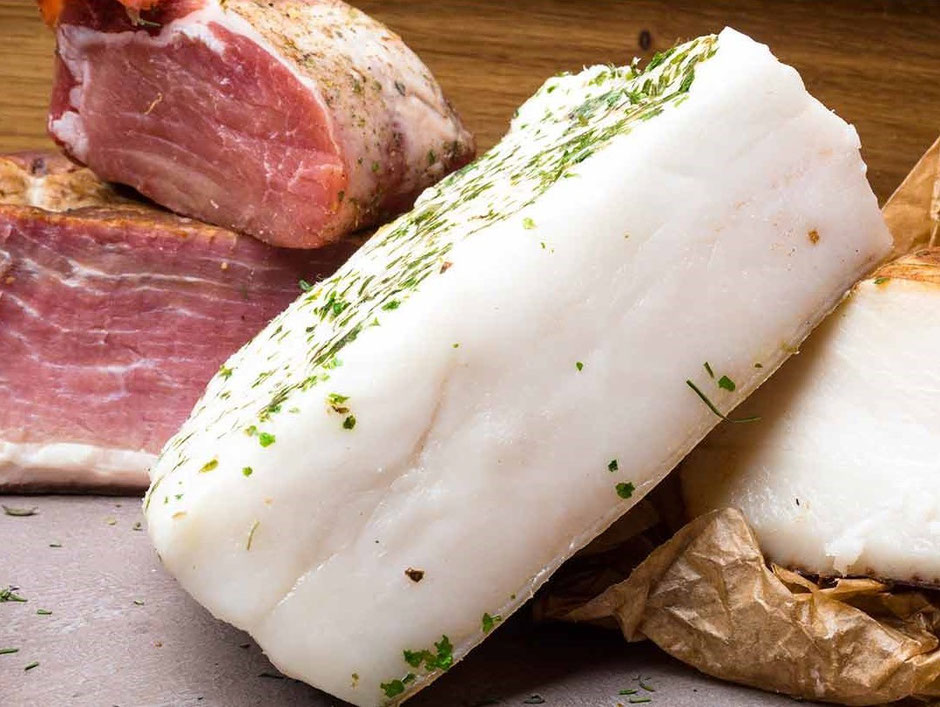
Make Better Hawker Centre Choices
Many of the foods at the hawker centre have a lot of added vegetable oils. Some of the better options, that don’t, in no particular order of priority are:
- kway chap - local braised organ meat, duck/pork meat, pork intestines, duck liver with rice
- bak kut teh
- braised pork trotter with rice
- biryani (if they use ghee instead of seed oils)
- double boiled soups
- chicken rice
- grilled saba/mackerel with rice
- HK roasts - pork, duck, chicken (add duck or chicken liver if available) with rice
- roast pork rice with egg (again is it fried?)
- western food stall - steak or lamb with potatoes (not chips)
It’s worth checking to see if they are using vegetable seed oils in these foods. A cursory glance behind the counter should be good enough to see what they’re using. Seeking out a stall that specifically uses ghee or lard would be excellent. And if anyone is willing to start building a Google Map of the healthiest hawkers in Singapore then let us know!
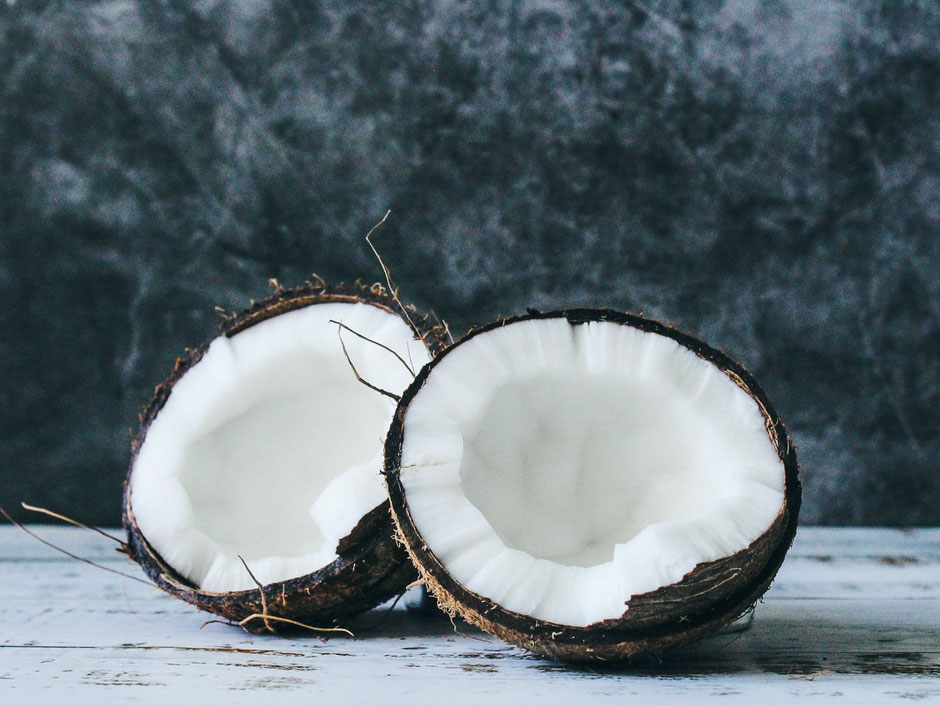
Be Picky at Restaurants
Restaurants are easier than hawker centres, just pick the meal you want to eat and ask them if they use vegetable seed oils. Ask them if they can use butter instead (for example cooking a steak) or pick something else on the menu. Gentlebros Café, near the Levitise studio, mostly bakes their food and if they do fry anything they use olive oil.
Eat a Big Breakfast
We’ve discussed this before here. Eat a bigger breakfast so you are less likely to crave snacks and lunches cooked in vegetable seed oils from hawker centres.
Avoid Supermarket Packaged Foods
Always look at the labels. If it contains vegetable seed oils don’t buy it. That includes:
- Canola / rapeseed oil
- Palm oil
- Safflower oil
- Sunflower oil
- Corn oil
- Soybean oil
- Cottonseed oil
- ‘Vegetable’ oil
These oils are all heavily processed, terrible for your health, and there is ZERO quality science backing up any claims that they are ‘heart healthy’. It’s just a manipulative label dreamt up by the food companies and swallowed hook, line and sink by naïve governments.
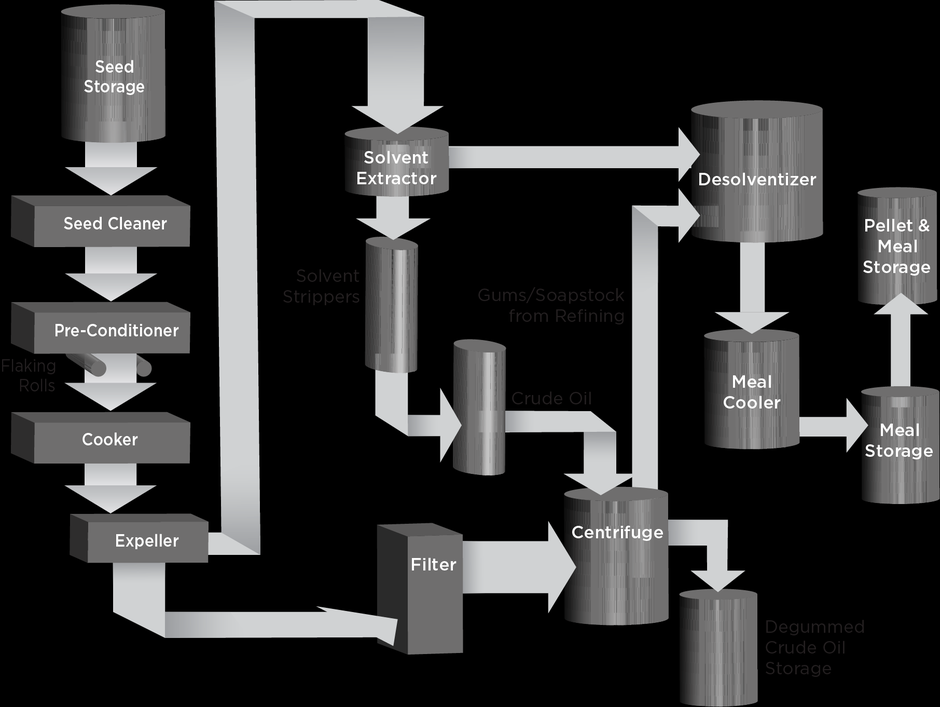
Weight Loss for the Really Dedicated
So aside from exercise, detox, low carb diets what else can you do?
Pork, chicken and farmed salmon are fed really nasty stuff that is unnatural food for these animals and often contains high amounts of omega 6 fats from vegetable seed oils. In studies where they fed farmed salmon to rats the rats got obese and sick[21][22].
So if you want to be super strict then avoid the chicken and pork. Pastured pork and chicken basically don’t exist in Singapore. Farmed salmon is one of the filthiest animals on the planet and should be avoided at all costs[23]. You can find out where to get wild salmon here.
You could also restrict nuts, seeds, grains and as well. These are all high in omega 6 fats and if you’re looking to lose weight then this will really ramp up your progress. Olive oil is not too bad but you must get a high quality one as many cheaper brands have a higher omega 6 content and they are often cut with cheaper refined oils. The omega 6 content of olive oils is between 5% and 20%.
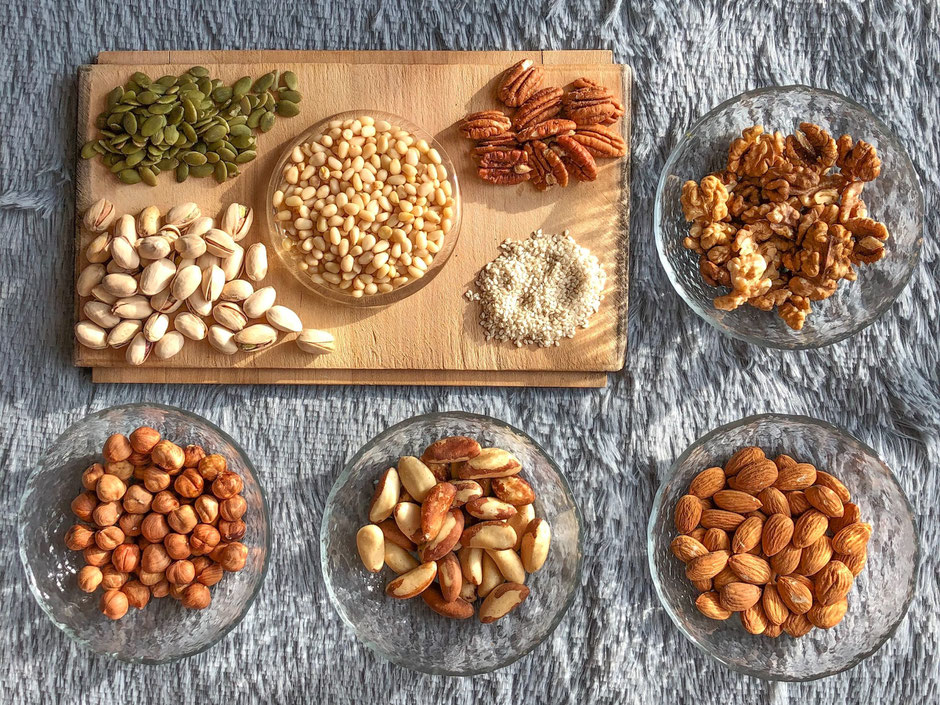
So what do we have left after we’ve left all that lot out!?
Protein and Fat
Lamb, beef and other red meats (ideally organic and pastured). Wild caught fish and shellfish. This would be your main protein and fat sources. Animals and fish always come packaged with protein and fat, so you don’t actually need added fats but there’s no harm in it as long as they are good fats.
Starchy Carbs
Rice (yes, it’s a grain but it’s not a big deal) and rice based noodles. After WWII white rice contributed to 84% of daily calories of the Japanese diet in the 1950s but people remained thin and obesity was extremely rare. Potatoes and sweet potatoes are also great starchy carbs along with any other foods that grow in the dirt (tubers).
Fruit and Veg
And then tons of vegetables. Fruit is your best snack food as an alternative to all processed snacks.
Wrapping Up
So the reason why vegetable seed oils, either as a cooking fat or in processed foods, are the worst food in the war on fat is basically because their detrimental effects are so insidious.
If you overeat, eat too much sugar, you can quickly burn it off. The overconsumption of sugar creates perfectly formed fat cells that can be used for fuel. Whereas the consumption of vegetable seed oils creates toxic fat cells that are difficult to burn and encourage overeating. And over time this creates serious metabolic damage in the body (we’ll look at the association between vegetable seed oil consumption, cancer, heart disease and neurodegenerative diseases at a later date) that takes a long time to undo all the damage (7 years without interventions).
This is why there are so few studies into this area. It’s just too difficult, time consuming, costly and impractical to run a study on humans over decades plus no one is really interested in funding this stuff.
Ultimately the information will come out, maybe over the next 20 to 30 years, and by that time there will be some new toxic garbage we can consume instead. Meanwhile I suggesting sticking to the foods provided to us by mother nature that have served us well over that last 2.4 million years.
If you'd like to dig deeper into this topic then do check out www.zeroacre.com, www.jeffnobbs.com, www.cureamd.org and www.stephanguyenet.com.
And if you’re looking for our own primer on vegetable seed oils, from a general health perspective (and not just weight loss), you can check out our original article: Are industrial oils and fats good or bad for you?
We’d love your feedback on this article. If you enjoyed it then we’d love to hear from you personally. Just drop us a WhatsApp here and let us know what you liked best about it. Or ask us any questions if you’re not sure. We’re here to help 😀.
To your health, happiness and longevity,
The Levitise Team
[3] Coronary atherosclerosis in indigenous South American Tsimane: a cross-sectional cohort study (https://pubmed.ncbi.nlm.nih.gov/28320601/)
[4] The Influence of Markets on the Nutrition Transition of Hunter-Gatherers: Lessons from the Western Amazon (https://www.mdpi.com/1660-4601/17/17/6307)
[5] Nutrition transition in 2 lowland Bolivian subsistence populations (https://academic.oup.com/ajcn/article/108/6/1183/5153293)
[6] Longitudinal Changes in Measures of Body Fat and Diet Among Adult Tsimane’ Forager-Horticulturalists of Bolivia, 2002-2010 (https://onlinelibrary.wiley.com/doi/abs/10.1002/oby.22556)
[7] More Americans exercise, but more U.S. adults also edge closer to obesity, survey says (https://www.pbs.org/newshour/nation/more-americans-exercise-but-more-u-s-adults-also-edge-closer-to-obesity-survey-says)
[10] Roles of the Lipid Peroxidation Product 4-Hydroxynonenal in Obesity, the Metabolic Syndrome, and Associated Vascular and Neurodegenerative Disorders (https://www.ncbi.nlm.nih.gov/pmc/articles/PMC2753676/)
[11] Ultrastructural analysis of HNE-treated Saccharomyces cerevisiae cells reveals fragmentation of the vacuole and an accumulation of lipids in the cytosol (https://onlinelibrary.wiley.com/doi/abs/10.1002/cbf.888)
[12] Targeting Aldehyde Dehydrogenase 2: New Therapeutic Opportunities (https://www.ncbi.nlm.nih.gov/pmc/articles/PMC3929114/)
[13] Lipid peroxidation in skeletal muscle of obese as compared to endurance-trained humans: a case of good vs. bad lipids? (https://febs.onlinelibrary.wiley.com/doi/full/10.1016/S0014-5793%2803%2900875-5)
[14] Dietary Linoleic Acid Elevates Endogenous 2-AG and Anandamide and Induces Obesity (https://www.ncbi.nlm.nih.gov/pmc/articles/PMC3458187/)
[15] The Acute Effect of Oleic- or Linoleic Acid-Containing Meals on Appetite and Metabolic Markers; A Pilot Study in Overweight or Obese Individuals (https://www.mdpi.com/2072-6643/10/10/1376/htm)
[16] Dietary-regulation of catabolic disposal of 4-hydroxynonenal analogs in rat liver (https://www.ncbi.nlm.nih.gov/pmc/articles/PMC3289253/)
[17] Exercise-induced attenuation of obesity, hyperinsulinemia, and skeletal muscle lipid peroxidation in the OLETF rat (https://pubmed.ncbi.nlm.nih.gov/18079266/)
[18] Oxidative stress and potential interventions to reduce oxidative stress in overweight and obesity (https://pubmed.ncbi.nlm.nih.gov/17924865/)
[19] Maternal plasma polyunsaturated fatty acid status in late pregnancy is associated with offspring body composition in childhood (https://pubmed.ncbi.nlm.nih.gov/23162098/)
[20] A prospective study of erythrocyte polyunsaturated fatty acid, weight gain, and risk of becoming overweight or obese in middle-aged and older women (https://pubmed.ncbi.nlm.nih.gov/25820817/)
[21] Dietary linoleic acid elevates the endocannabinoids 2-AG and anandamide and promotes weight gain in mice fed a low fat diet (https://pubmed.ncbi.nlm.nih.gov/24081493/)
[22] Dietary linoleic acid elevates endogenous 2-arachidonoylglycerol and anandamide in Atlantic salmon (Salmo salar L.) and mice, and induces weight gain and inflammation in mice (https://www.cambridge.org/core/journals/british-journal-of-nutrition/article/dietary-linoleic-acid-elevates-endogenous-2arachidonoylglycerol-and-anandamide-in-atlantic-salmon-salmo-salar-l-and-mice-and-induces-weight-gain-and-inflammation-in-mice/DAA86C791C7559E3E46049B05C3AED84)
[23] Fillet Oh Fish documentary on farmed salmon (https://www.youtube.com/watch?v=MgrFXN4d1Jc)

Write a comment